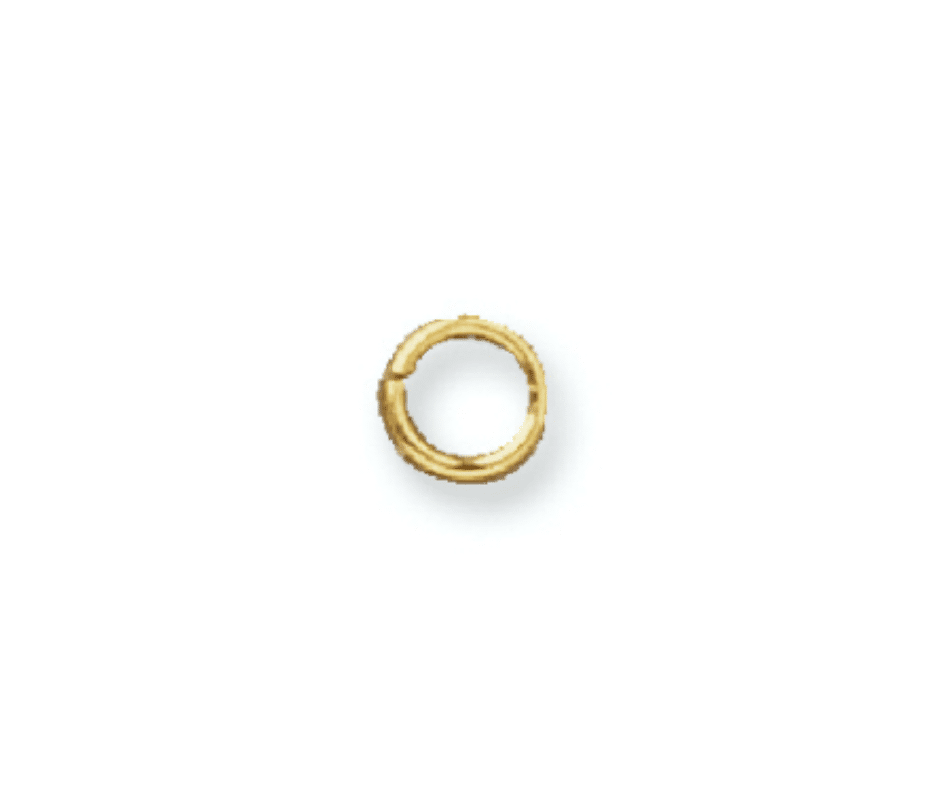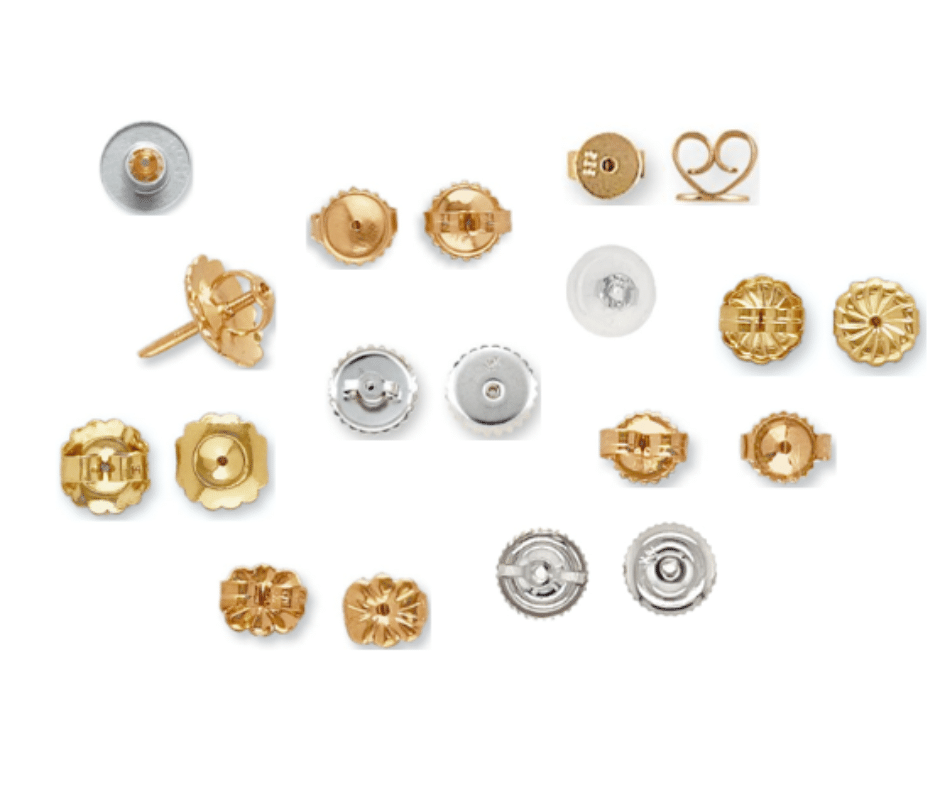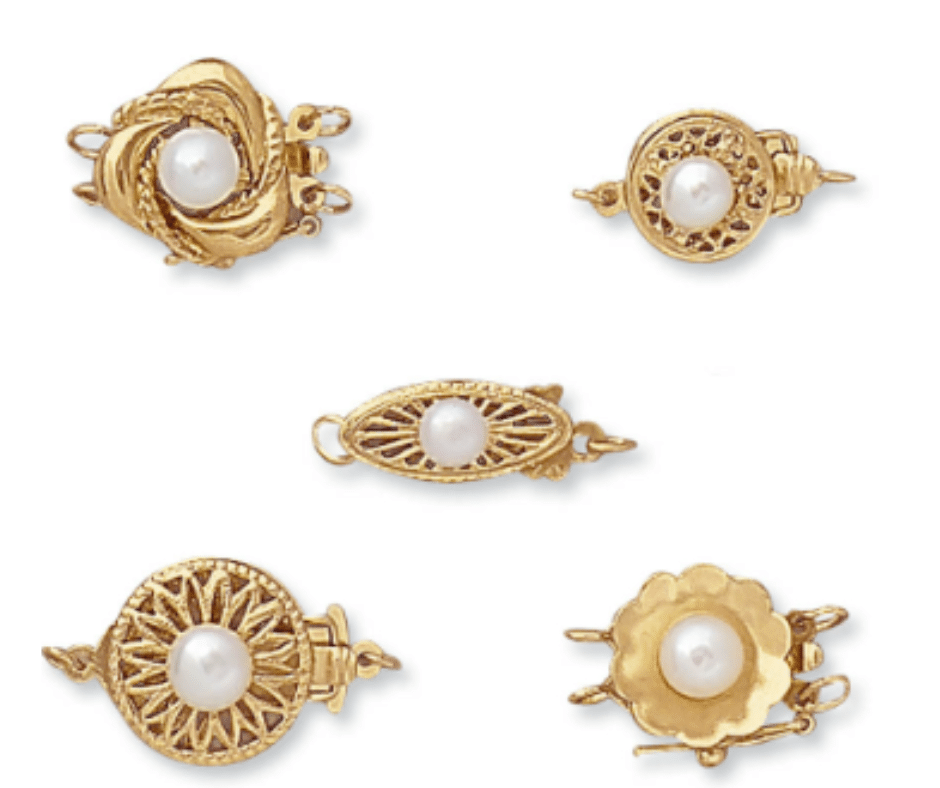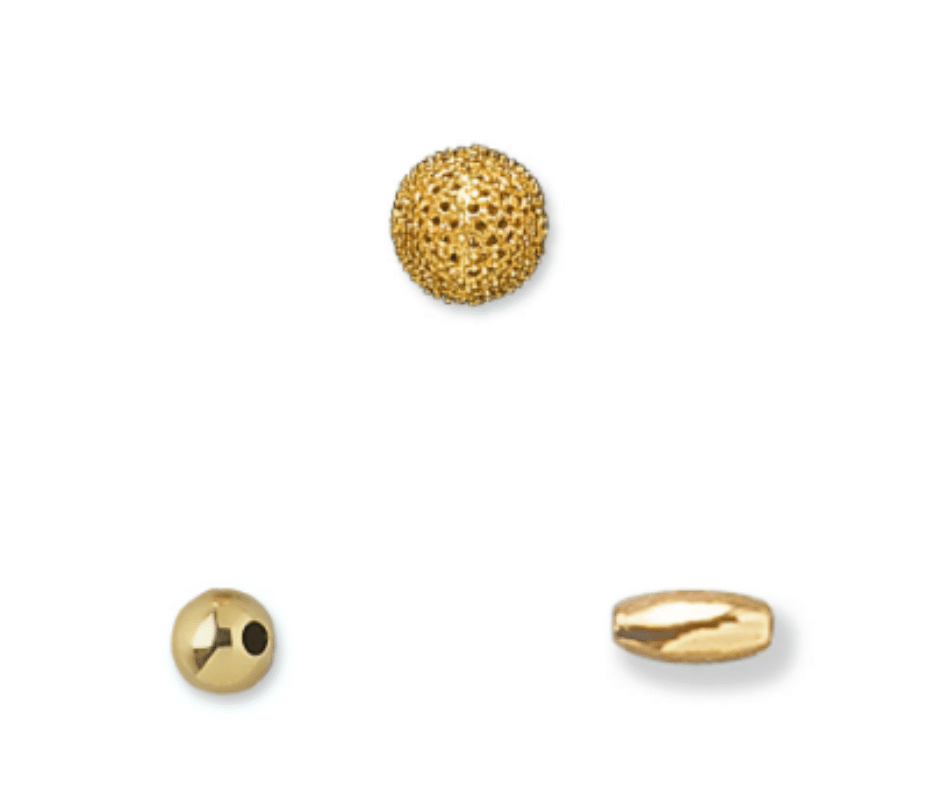Jewelry findings are the jewelry parts you connect to complete your jewelry project. Jewelry designers use different categories of jewelry findings to enhance the look of their jewelry. Jewelry findings come in different styles, sizes, and alloys that make your jewelry design easy.
If you are getting your jewelry supplies online, it is better for you to be familiar with the various sub-categories of findings for different jewelry parts.
Findings come in different finishes, like silver tone, gold tone, antique silver, copper, gunmetal, and brass. If you are new to jewelry making, selecting the best kind of findings can be stressful. For this reason, we have compiled a jewelry-finding guide to help you find the best jewelry supplies.
Jump Rings
Jump rings are a common connector in jewelry making. They come in round and oval shapes. There are two types of jump rings that can help complement the look of your new designs; open and closed rings.
You can loosen open jump rings using jewelry pliers, but closed jump rings are impossible to open because they have been soldered. However, closed jump rings come in handy when you want your precious or heavy gemstone to stay in place.

Jump rings come in different types of alloys, making it easy for jewelry designers to achieve their decorative goals. They make earrings and bracelets durable even when worn frequently.
Bails

If you want to make a pendant, use bails to attach jewelry parts to a chain for a professional look. These jewelry supplies are best suited for jewelry designers who don’t have soldering techniques.
Head and Eye Pins
You can use these jewelry findings to complete other jewelry pieces such as necklaces, earrings, and bracelets. Eye pins have connecting links, while head pins have ends that prevent beads from falling.
Eye pins are common among jewelry makers who make rosaries and connect separate components together. Head and eye pins come in different gauges, such as;
- 20-gauge
- 21-gauge
- 22-gauge
- 24-gauge

Earring Findings

They are studs, screws, scrolls, and wires that help you bring your design to life. Wondering how you can use earring findings? While the ear wire penetrates the piercing on the ears, you attach your component to the hole.
Clasps
Use these jewelry findings to join the two ends of your necklace. In selecting the right clasps for your jewelry-making project, consider the weight and type of your jewelry. These elements come in two types: basic clasps and unusual clasps. Beaded toggle clasps can help you distinguish handmade jewelry from mass-produced jewelry.

Bead Caps
Bead caps are decorative pieces in jewelry making. The final look of a bead cap depends on how you pair it with the bead of your choice. For instance, you can use them to hide imperfections. These jewelry findings come in different metal accents, making it easy to achieve splendid designs.

Safety Chains
Safety chains guarantee the safety of your favorite jewelry when worn. For your precious pieces, it is important to join safety chains with your bracelets. When you wear sentimental jewelry, safety chains make sure that even if the clasp breaks, your precious charm stays in place.
Links and Connectors
Links and connectors are available in a variety of styles and shapes. Their abundance in style allows jewelry producers to achieve perfect finishes. Links and connectors help connect jewelry components together in new jewelry-making projects and repairs alike.
You can choose from gunmetal links, alloy links, Tibetan links, and others. These elements will come in handy if you want to increase the length of your creation or make multiple strands.
They come in the following types;
- Chandelier links
- Channel links
- Circular links
- Infinity links
- Rivoli links
- Tag links
- Tube and wire links
- Sterling silver links
Cord and Ribbon Ends
You can use the cord and ribbon end if you don’t want to join your ribbon and cord jewelry. Ribbon ends are flat with teeth-like structures. As for cord ends, you can find them in round and barrel shapes.
For security, jewelry makers use glue to bind the cord to the ribbon ends. To use them, attach chains to the links in the cord and ribbon ends.
Split Rings
These jewelry findings are slightly different from jump rings, and they offer extra security to your jewelry designs. Instead of opening and closing the ring, you can thread the finding onto the feature.
Collets
If you are creating a necklace or ring, you can use collets to secure your emotional gems. You can solder them to other jewelry findings to accomplish your preferred designs.
Jewelry store owners prefer collets on necklaces and earrings as they work as embellishments. There are different colors, sizes, and carats of these jewelry findings, so you can use them for your wholesale jewelry-finding needs.
Squaredelles
These jewelry findings will give your jewelry a sophisticated appeal. They resemble round barrels, and you can use them to create dazzling jewelry.
Bolt Rings
Bolt rings are ideal for several jewelry-making applications. They keep pendants, chains, and necklaces in place.
Chandeliers
Jewelry makers often use these jewelry findings to make dangling earrings. An ear wire connected to the top hole helps to complete the look.
FAQs on Jewelry Findings
What is the main purpose of using jewelry findings in bracelets?
Findings help you assemble your jewelry components.
What are the different jewelry findings?
Findings include settings, earrings, ring shanks, headpins, clasps, jump rings, among others.
Where can I find high-quality wholesale jewelry supplies?
You can buy high-quality findings at wholesale prices from Crown Findings Co.
Looking for a Convenient Place to Buy Wholesale Jewelry Supplies? Visit Crown Findings Co. Online!
Crown Findings sells the highest-quality jewelry findings for your jewelry-making projects. We supply a wide range of jewelry findings, from sterling silver to gold and platinum.
Visit our website to gain more insight about the different types of findings you can use for your work.
